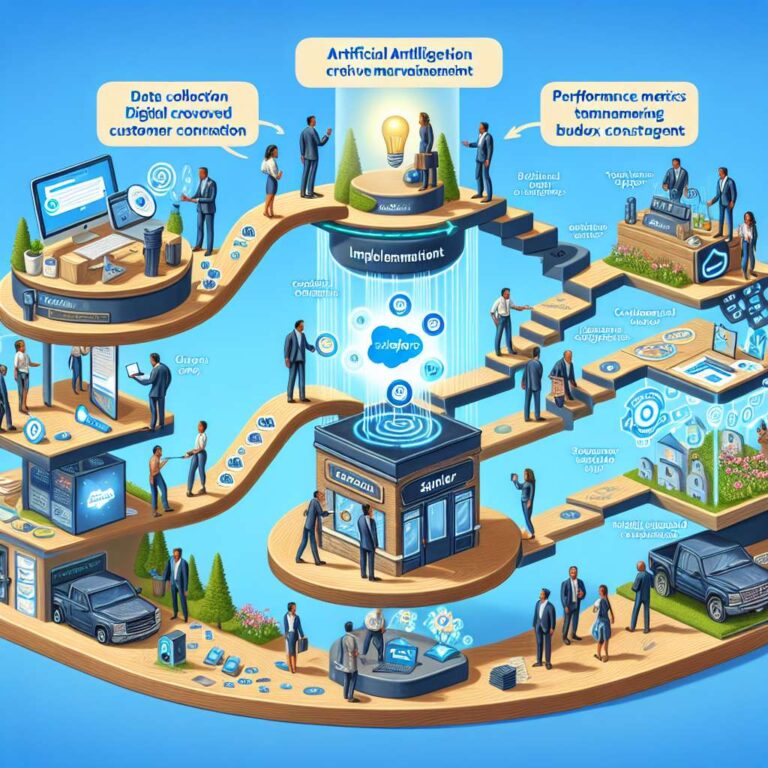Artificial intelligence is increasingly accessible to small businesses and can drive efficiency, cost reduction, and better customer experiences. The article argues that many small businesses are more ready for Salesforce’s Artificial intelligence-driven CRM than they realize, because routine activities such as collecting customer data, managing digital communications, tracking performance metrics, using cloud software, and maintaining customer lists create a practical data foundation. A structured readiness assessment helps owners understand their current infrastructure, processes, and capabilities and turns vague interest in Artificial intelligence into a concrete implementation roadmap.
The assessment evaluates multiple dimensions. Data infrastructure analysis looks at collection processes, data quality, storage, accessibility, and integration capability. Operational process evaluation identifies clear, repeatable workflows in customer service, sales and marketing, inventory and supply chain, and finance that are good candidates for automation. Technology infrastructure review examines cloud adoption, software integration, team technical skills, and budget. The article highlights industry-specific opportunities, including inventory optimization and personalization for retail; client communication and billing automation for professional services; scheduling and records management for healthcare; and quality control and predictive maintenance for manufacturing.
It outlines a phased implementation framework with timelines: phase 1 assessment and planning in weeks 1 to 2; phase 2 quick-win implementations in month 1 such as AI-powered customer service responses, automated personalized marketing content, basic sales pipeline automation, and automated billing; phase 3 medium-term projects in months 2 to 3 including advanced CRM automation, inventory optimization, and predictive tools; and phase 4 strategic integration in months 4 to 6 for enterprise-level personalization and automated decision-making. Success is measured with efficiency, financial, and customer experience KPIs, and common challenges—technology overwhelm, team resistance, budget constraints, and data quality—are addressed with gradual rollouts, staff involvement and training, entry-level Salesforce tools, and data cleaning. The practical next steps recommended are to complete the Salesforce readiness assessment, review personalized results, build a 90-day plan focused on quick wins, research recommended Salesforce tools, and run a pilot before full-scale deployment.

